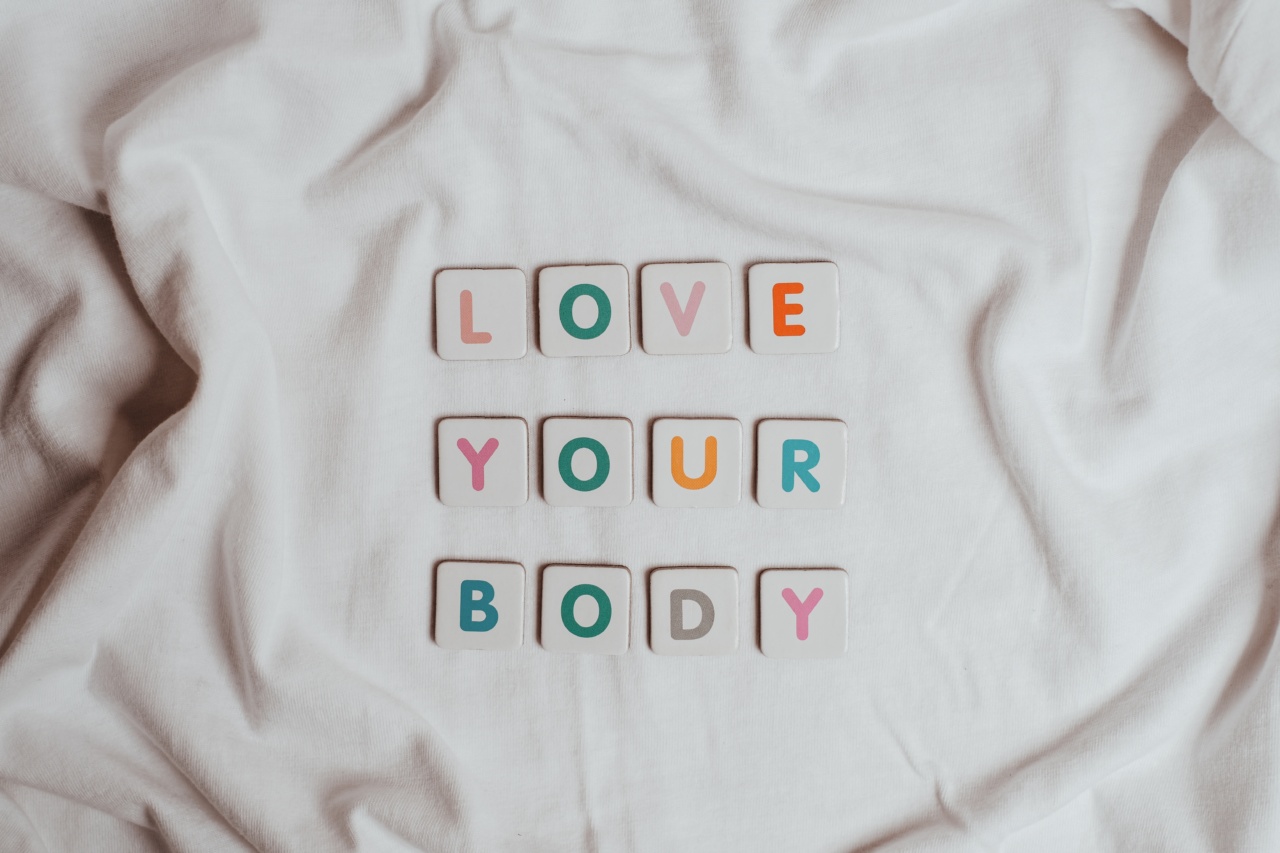Body language is a powerful form of nonverbal communication that can reveal a lot about a person’s thoughts, emotions, and intentions.
But did you know that it can also provide valuable clues about your overall health? It might seem surprising, but our bodies have a unique way of expressing their well-being or lack thereof through various physical cues. By paying attention to these subtle signals, you can gain insights into your health and take necessary steps to improve it. In this article, we will delve into the different ways in which your body language can reveal important clues about your health.
1. Posture and Musculoskeletal Health
One of the most noticeable aspects of body language is posture. Your posture can speak volumes about the health of your musculoskeletal system.
Slouching or a hunched back might indicate weak or strained muscles, poor spinal alignment, or even conditions like scoliosis. On the other hand, a confident, upright posture suggests good muscle tone and a healthy spine.
2. Eye Movements and Nervous System Health
Our eyes are not just windows to the soul; they can also provide insights into our nervous system health.
Rapid, involuntary eye movements known as nystagmus can occur in various neurological conditions, including multiple sclerosis and brainstem disorders. Additionally, droopy or asymmetrical eyelids may indicate underlying nerve or muscle dysfunction, such as Bell’s palsy or myasthenia gravis.
3. Facial Expressions and Emotional Well-being
Facial expressions are some of the most well-known indicators of body language, and they have a close connection to our emotional well-being. A genuine smile, characterized by the involvement of the eyes, reflects happiness and contentment.
Conversely, a frowning or tense expression can indicate stress, anxiety, or even depression. By paying attention to these facial cues, you can become more aware of your emotional state and take steps to improve your mental health.
4. Hand Movements and Circulatory Health
The way we use our hands and fingers can provide insights into the health of our circulatory system. Cold, pale hands may indicate poor blood flow or conditions like Raynaud’s disease.
Swollen fingers, especially in the morning, can be a sign of fluid retention, which may be related to cardiac or kidney issues. On the other hand, strong, steady hand movements typically indicate good motor coordination and overall health.
5. Gait and Cardiovascular Health
The way we walk, known as our gait, can reveal important clues about our cardiovascular health. An unsteady or shuffling gait may be indicative of balance issues, muscle weakness, or neurological conditions.
Additionally, a reduced ability to walk longer distances without getting tired might be a sign of poor cardiovascular fitness. A healthy gait, on the other hand, reflects good muscle strength, coordination, and cardiovascular fitness.
6. Vocal Cues and Respiratory Health
While body language primarily focuses on nonverbal cues, our voice and speech patterns also play a significant role.
Vocal cues, such as breathlessness, wheezing, or a persistent cough, can be indicative of respiratory issues like asthma or chronic obstructive pulmonary disease (COPD). Paying attention to these vocal cues can help you identify potential respiratory problems and seek appropriate medical attention.
7. Touch and Sensory Health
Our sense of touch and how we react to it can provide insights into our sensory health.
Sensitivity to touch, such as recoiling from gentle contact, can be an indication of heightened tactile sensitivity, which is often associated with conditions like autism spectrum disorder or fibromyalgia. Alternatively, decreased sensitivity to touch may signal nerve damage or neuropathy. Understanding these subtle touch-related cues can help you better understand your sensory health.
8. Breathing Patterns and Stress Levels
The way we breathe can reveal a lot about our stress levels and overall well-being. Shallow, rapid breathing is often a response to stress and can indicate a chronically elevated stress level.
On the other hand, slow, deep breathing typically accompanies relaxation and can help reduce stress and promote a sense of calmness. Being aware of your breathing patterns can help you identify stress triggers and adopt relaxation techniques to improve your overall health and well-being.
9. Body Movements and Coordination
The fluidity and coordination of our body movements can provide insights into our overall physical health. Smooth, coordinated movements indicate good motor control and strong muscle function.
Stiff and jerky movements, on the other hand, may suggest muscle weakness, neurological conditions, or joint issues. By observing your body movements, you can become more attuned to any potential health concerns and seek appropriate care.
10. Perspiration and Thermoregulation
Our body’s sweat response and thermoregulation can reveal important clues about our overall health. Excessive sweating, even in cool environments, can be a sign of hyperhidrosis or an overactive sweat gland.
On the other hand, reduced or limited sweating may indicate anhidrosis, which can be related to certain medical conditions or nerve damage. By paying attention to your perspiration patterns, you can better understand your thermoregulation and identify any potential underlying health issues.
Conclusion
Your body language goes far beyond simple communication cues. It can provide valuable insights into your overall health and well-being.
By paying attention to the subtle physical signals your body gives off, such as posture, eye movements, facial expressions, hand movements, gait, vocal cues, touch sensitivity, breathing patterns, body movements, and perspiration, you can gain a deeper understanding of your health. Remember to consult with a healthcare professional if you notice any worrisome or persistent changes in your body language, as they may be indicative of underlying health conditions.





























